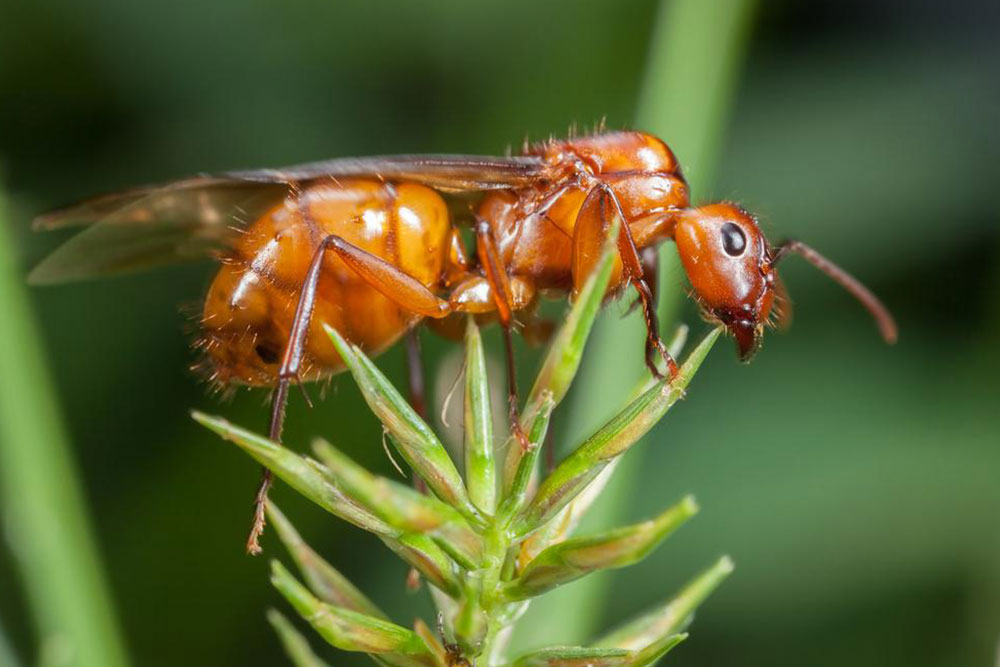Comprehensive Guide to Managing and Treating Fire Ant Bites Effectively
This comprehensive guide provides detailed strategies for managing fire ant bites and stings effectively. It covers the appearance of bites, signs of allergic reactions, and practical home remedies to alleviate pain and itching. Understanding fire ants' behavior and preventative measures can help reduce risk and ensure safety during outdoor activities. Prompt and appropriate treatment is crucial for avoiding complications. Whether you experience mild irritation or severe allergic responses, this guide offers vital information for handling fire ant stings efficiently and responsibly, ensuring your well-being outdoors.

Strategies for Handling Fire Ant Insect Bites and Stings
Fire ant stings are notorious for their fiery, burning sensation that can cause significant discomfort and distress. These notorious insects belong to the formicidae family and are easily recognizable due to their vibrant red or dark black color, measuring up to a quarter-inch in length. When disturbed—whether by stepping near their nests, reaching into a mound, or accidentally provoking them—they tend to swarm rapidly onto the exposed skin, delivering painful bites and stings that can vary from mild irritation to severe allergic reactions. Interestingly, tiny fire ants inject venom comprising over 46 different proteins, making their sting particularly potent and capable of causing lasting effects if not promptly managed.
Understanding Fire Ants
Fire ants are small, aggressive insects that can quickly become a nuisance, especially in outdoor environments like lawns, parks, pastures, and beaches. Their color can fluctuate between a reddish-brown hue and black, and they typically build large mounds composed of soil and organic debris. These mounds serve as their nests and can be mistaken for harmless soil formations. The moment these ants sense danger or disturbance—whether from human activity or other animals—they respond aggressively. Their primary defense mechanism involves never hesitating to swarm and sting anyone or anything that threatens their colony. The stings are not only painful but also cause a persistent itching sensation, which can last several days, often leading to secondary infections if scratched excessively. Fire ants usually latch onto the skin with their strong mandibles before stinging multiple times, injecting venom known as solenopsin that is responsible for the fiery sensation and potential allergic reactions.
What Do Fire Ant Bites and Stings Look Like?
When fire ants attack, they tend to swarm with impressive speed and grip tightly with their mandibles, stinging repeatedly. The resulting bites appear as swollen, red bumps topped with small blisters or pustules, which are often hot to the touch and intensely itchy. These skin reactions typically manifest within around 20 minutes after a sting. The initial sensation is usually a sharp, pinching or burning feeling, akin to a needle prick, quickly followed by persistent itching that can last from a few days to a week. The venom they inject can affect the nervous system, and in rare cases, especially in sensitive individuals, severe stings have led to hallucinations, neurological disturbances, and symptoms akin to nerve pain. It is therefore essential to recognize the signs early and seek timely treatment.
Precautions and Signs of Allergic Reactions
While many people experience localized redness and itching, individuals with allergies to fire ant venom may develop more severe systemic reactions. Symptoms such as swelling beyond the bite site, intense itching, dizziness, difficulty breathing, swelling of the throat or tongue, and even anaphylactic shock can occur. In such cases, immediate emergency medical assistance is critical, as these reactions can be life-threatening. People prone to allergic responses should carry emergency antihistamines or epinephrine injectors and be vigilant when outdoors in fire ant-infested areas.
Effective Methods to Treat Fire Ant Bites at Home
Managing minor fire ant stings can often be accomplished effectively with a series of home remedies aimed at reducing pain, swelling, and itching. Prompt treatment can prevent secondary infections and alleviate discomfort significantly. Here are some proven methods to address fire ant stings:
Applying a cold compress or ice pack directly to the sting site can numb the area and reduce swelling within minutes.
Using unfiltered apple cider vinegar applied with a cotton ball can neutralize the venom, helping to ease pain and inflammation. Leave it on for at least 30 minutes before washing it off with warm water.
Creating a soothing paste from baking soda and water and applying it to the affected area can effectively calm itching and reduce inflammation. Rinse after 10 minutes for best results.
Witch hazel, known for its astringent properties, can be applied with a cotton ball several times daily to lessen itching and promote healing.
Lukewarm oatmeal baths are highly recommended for soothing widespread itching and reducing skin irritation. They also have a calming effect that can relieve pain.
To prevent further stings, avoid disturbing fire ant mounds and be cautious when walking or working outdoors. If stung, acting quickly and using these remedies can significantly mitigate discomfort. In case of allergic reactions or severe symptoms, seek immediate medical attention to prevent serious complications.
Fire ant stings can be a painful experience, but with proper understanding and quick response, you can manage these incidents effectively. Recognizing the signs early, knowing how to treat the bites at home, and seeking professional help when necessary are essential steps in ensuring safety. Whether you’re enjoying outdoor activities or working in your garden, staying alert and prepared can help you defend against fire ant bites and enjoy a trouble-free outdoor experience.




